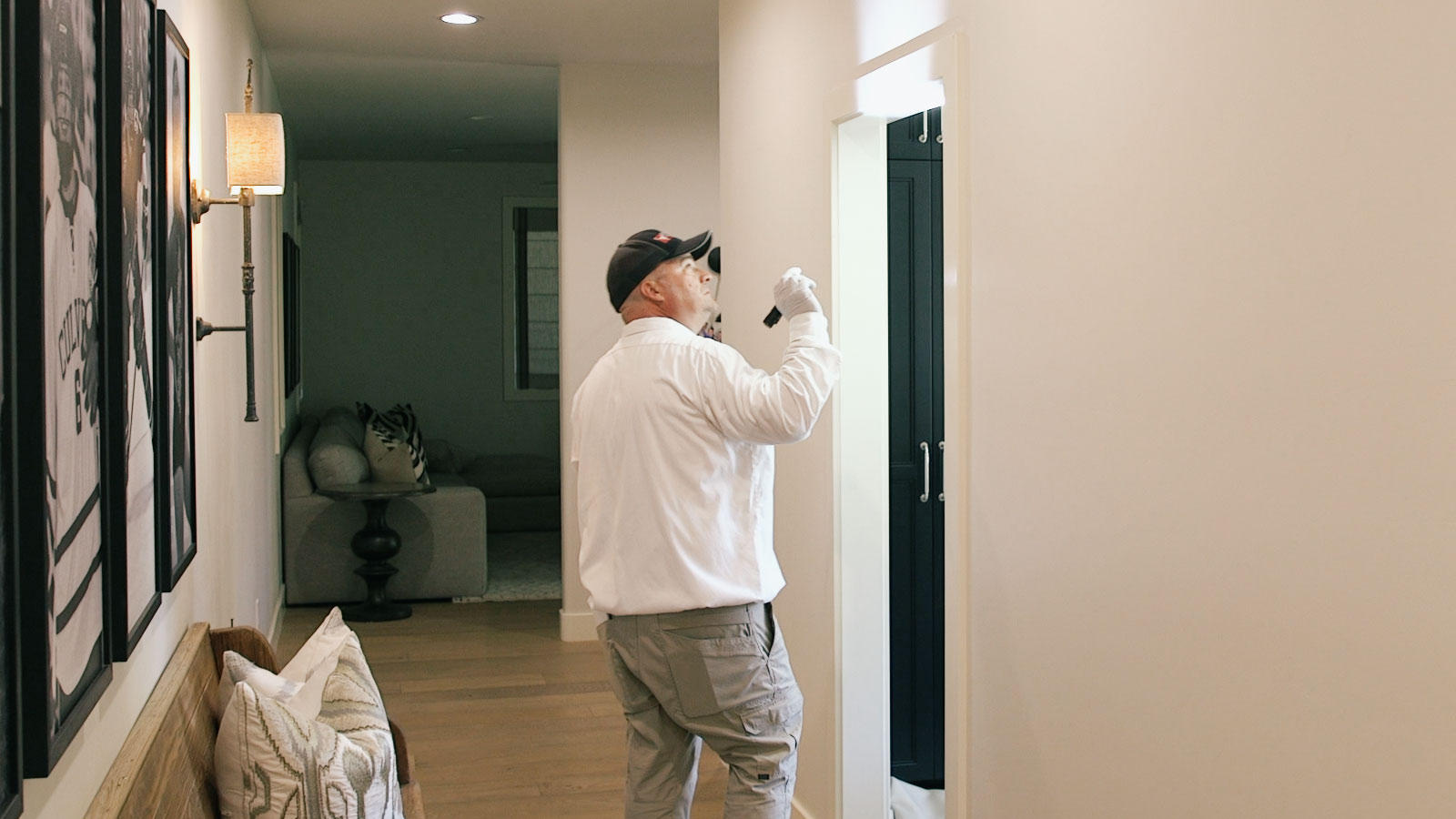
Home infestations can involve a range of pest types, each with its own behavior patterns and risks. Understanding which pests are common in residential settings can help homeowners recognize the danger and take prompt action.
Termites:
Termites are among the most destructive pests for homeowners. These wood-destroying insects can compromise the structural integrity of buildings. Often undetected until significant damage has occurred, termites work silently and efficiently through wooden beams, flooring, and even furniture. The cost of termite damage can be astronomical if left unchecked.
Rodents:
Mice and rats can cause extensive damage by gnawing on insulation, wiring, and wood. They also carry diseases and contaminate food sources. Entry points can be as small as a dime, which makes sealing and monitoring crucial. Once rodents have taken up residence, eradication can be challenging and expensive.
Ants:
Ants, particularly carpenter ants, can pose threats to wooden structures. They do not eat wood, but their nesting habits can lead to the creation of galleries that weaken wooden components over time. Other species of ants can form large colonies indoors, becoming a persistent nuisance.
Cockroaches:
Known for their resilience, cockroaches can thrive in almost any environment. They contaminate food, trigger allergies, and spread pathogens. Their ability to survive in harsh conditions makes them particularly challenging to control without professional intervention.
Spiders:
While many spiders are harmless and even beneficial in controlling other pests, some species can be a concern, especially for those with arachnophobia. Additionally, high populations of spiders can indicate an underlying problem with other pest infestations.
Local Considerations:
Depending on geographic location, certain pests may be more prevalent. For example, warm and humid climates might see a higher incidence of termite activity, while cooler regions might experience more rodent problems during the winter months. Understanding local pest trends allows homeowners to prepare more effectively and tailor their preventative measures accordingly.
Each of these pests carries unique risks—not only do they threaten the structural health of a home, but they also pose significant health hazards. For instance, pest-related allergens can cause respiratory issues and trigger allergies in sensitive individuals. Thus, the need for regular pest inspections becomes clear: early detection and management are key to preventing both health hazards and structural damage.



